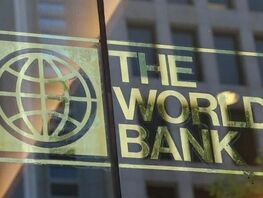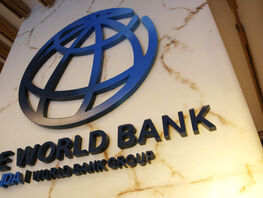Growth of food prices in May hit record highs over the past 10 years, despite the fact that world cereal production may also reach unprecedented levels. The Food and Agriculture Organization of the United Nations (FAO) reports.
An average FAO Food Price Index for May is 4.8 percent higher than April one and 39.7 percent higher than in May 2020. One of the main reasons for this growth was the sharp rise in world prices for vegetable oil, sugar and cereals.
It has reached its highest value since September 2011, which is only 7.6 percent below the all-time high.
The main factor behind the rise in prices for cereals was the rise in prices for maize — the average prices exceeded the last year’s indicator by 89.9 percent. However, in May, due to favorable crop prospects in the USA, price of maize dropped slightly.
World wheat prices also began to decline at the end of the month. But on average, May prices were 6.8 percent higher than the April ones. The FAO Vegetable Oil Price Index rose 7.8 percent in May, driven by higher prices for palm, soybean and rapeseed oils.
At the same time, according to the forecasts of FAO, in 2021 the world will produce almost 2,821 billion tons of grain, which is 1.9 percent higher than the 2020 level. However, most likely, the demand for grain will also grow in the next two years, which will amount to 2,826 billion tons and is 1.7 percent more than last year. Grain stocks will grow after a three-year decline, but very moderately — by only 0.3 percent.
Price of sugar also rose — by 6.8 percent. The reasons are delays in the harvesting campaign and expected low yields in Brazil, the world’s largest sugar exporter. Large deliveries from India somewhat slowed down the rise in prices, but could not compensate for the negative factors.
Meat prices in May increased by 2.2 percent — mainly due to an increase in imports to China, as well as an increase in domestic demand for poultry and pork in the leading producing regions.
The FAO Dairy Price Index increased by 1.8 percent due to strong import demand for skimmed and whole milk powder.






